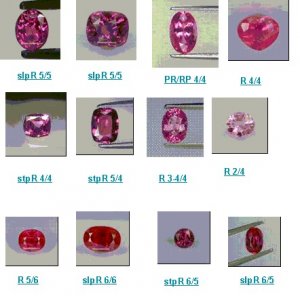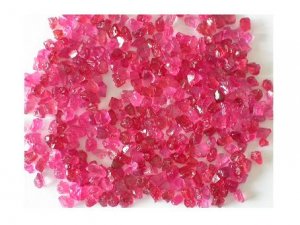maxspinel
Shiny_Rock
- Joined
- Jul 7, 2005
- Messages
- 193
I am trying to understand the colored stone grading standard of GIA and I get confused
 . Tone is defined from 1 to 8; 3 is light, 5 is medium, 7 is dark. Saturation is also from 1 to 8.
. Tone is defined from 1 to 8; 3 is light, 5 is medium, 7 is dark. Saturation is also from 1 to 8.
Pink is actually red with less saturation. So for pink sapphire, is it a lighter tone red, or a lesser saturated red, or both.
For a top quality "vivid" pink sapphire, shoud the GIA denotion be R3/3, R3/6 or R6/3?
 I do know it is not R6/6 since this is for nice rubies.
I do know it is not R6/6 since this is for nice rubies.

Pink is actually red with less saturation. So for pink sapphire, is it a lighter tone red, or a lesser saturated red, or both.
For a top quality "vivid" pink sapphire, shoud the GIA denotion be R3/3, R3/6 or R6/3?














300x240.png)